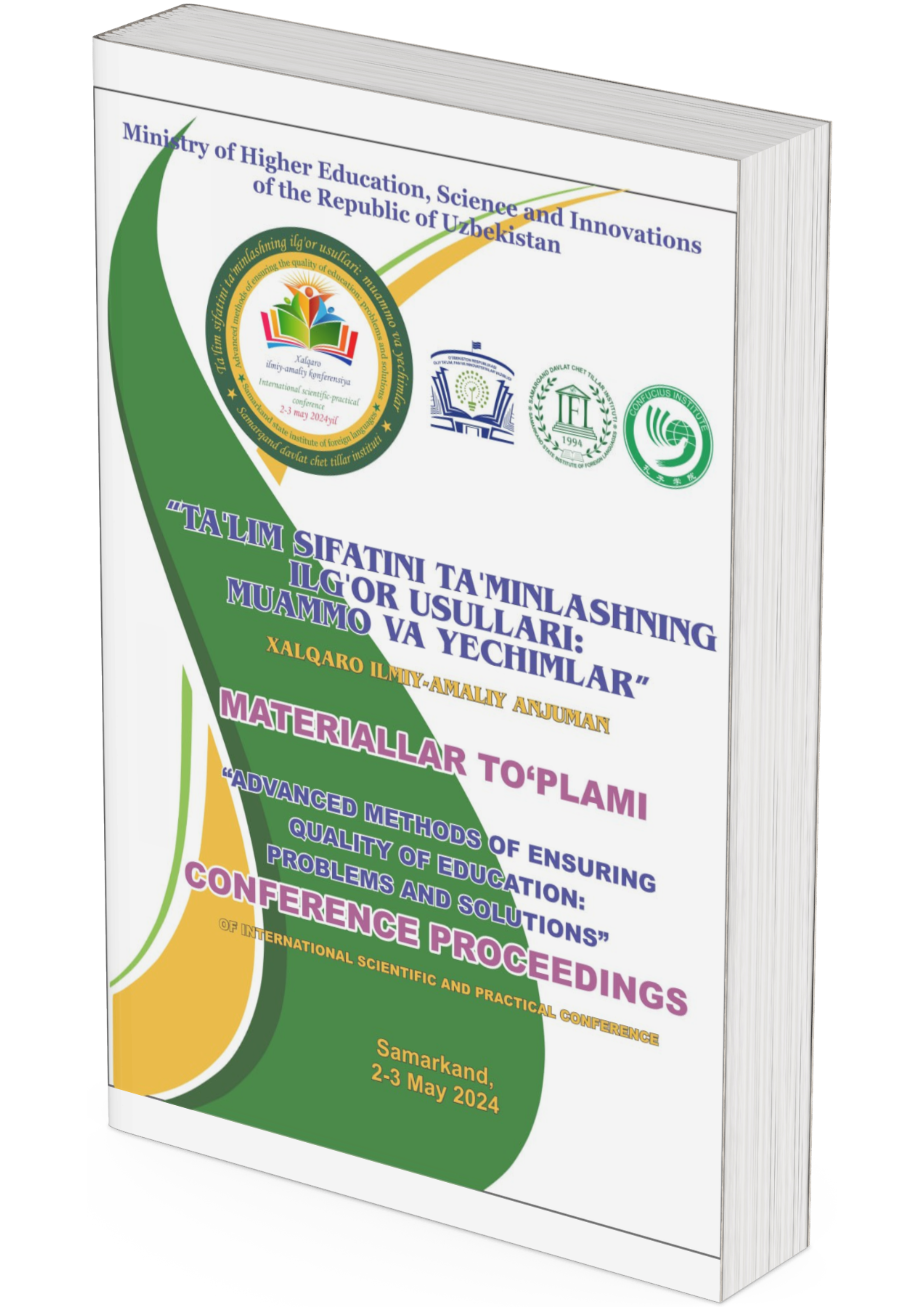FOSTERING COMMUNICATIVE EXCELLENCE: A COMPREHENSIVE EXPLORATION OF VIDEOCONFERENCING IN LANGUAGE EDUCATION
DOI:
https://doi.org/10.2024/vfjk5508Keywords:
Videoconferencing, Language education, Communicative competence, foreign language instruction, Pedagogical methodologies, Interactive learning, Student engagement, Classroom technology, Virtual immersion, Cognitive developmentAbstract
This article seeks to establish a theoretical foundation for understanding the application of video conferencing as a tool to augment communicative competence in foreign languages. It expounds upon the linguodidactic potential of video conferencing, elucidating its role in facilitating student engagement with native speakers. Additionally, the article substantiates the methodologies, techniques, and procedural stages aimed at advancing communicative competence in foreign languages through the integration of video conferencing.
References
Garrison, D. R., & Kanuka, H. (2004). Unveiling the Transformative Potential of Blended Learning in Higher Education. The Internet and Higher Education, 7(2), 95-105.
Warschauer, M. (1996). Introduction to Computer-Assisted Language Learning. In S. Fotos (Ed.), Multimedia Language Teaching (pp. 3-20). Logos International.
Xaydarovna X. Z. Means of correlation among sentences as a complex syntactic whole //Best Journal of Innovation in Science, Research and Development. – 2023. – Т. 2. – №. 11. – С. 440-443.
Khamrayeva Z. Complex syntactic whole: Prose Stanza //Международная конференция академических наук. – 2023. – Т. 2. – №. 11. – С. 83-86.
Furkatovna S. Y. Algorithm and peculiarities of types of assessment and their impact on students' academic achievements //Journal of Intellectual Property and Human Rights. – 2023. – Т. 2. – №. 12. – С. 81-84.
Sodikova Y. The impact of formative assessment strategy on increasing student motivation in English classes //Solution of social problems in management and economy. – 2023. – Т. 2. – №. 12. – С. 131-136.
Habibullayevna I. M. The use of superstitions in English Folklore //Asian Journal of Research in Social Sciences and Humanities. – 2022. – Т. 12. – №. 5. – С. 184-186.
Ibodullayeva M. Sodda gap tarkibida tobe komponentlarning sintaktik o ‘rnini aniqlash (ingliz tili misolida) //Science and Education. – 2021. – Т. 2. – №. 4. – С. 376-380.
Khandamova, F., & Ibodulloeva, M. (2023). The Linguistic Function of Spatial Deixis in English Texts. Journal of Language Pedagogy and Innovative Applied Linguistics, 1(4), 75-79. https://doi.org/10.1997/nh210640
Abdirakhimovna M. Z. et al. The Importance of Using Games in Teaching English to Primary Classes. – 2023.
Amaral, A., & Neave, G. (2009). Higher Education as a Public Good: Proposing a New Configuration. Higher Education Quarterly, 63(4), 400-420.
Vroeijenstijn, T. (2007). The Bologna Declaration: Advancing Transparency and Qualification Recognition. Prospects, 37(1), 21-38.
Downloads
Published
Conference Proceedings Volume
Section
License
Copyright (c) 2024 Gulasal Tashxujayeva (Author)

This work is licensed under a Creative Commons Attribution 4.0 International License.









